With personalized product recommendation engines, eCommerce stores can immediately deliver product suggestions. Rather than providing users with pre-defined related products, highly relevant products can automatically be recommended on any page, from products to the shopping cart.
We wanted to give you a closer look at how machine learning technology tracks, stores, and analyzes data so that you can deliver both product and user recommendations to customers. We also wanted to more closely explore the advantages of personalized recommendations over pre-defined related products. So today we’re going to do just that.
Let’s dive into personalized recommendation engines and explore how they learn from customers to deliver highly accurate product suggestions, and take a look at how one store has used our plugin to meet their specific needs.
What do recommendation engines do?
↑ Back to topAs we covered in our previous post on personalized product recommendations (say that ten times fast!), recommendation engines track and analyze user data, and use said data to automatically generate product recommendations in specific locations like product pages or the shopping cart.
The benefits of automatic recommendations
↑ Back to topIn a typical WooCommerce installation, related products must be assigned manually, and on an individual basis. This is done at the discretion of the store owner, developer, or administrator. Products may be assigned based on existing data, assumptions, or both.

Not only is this time-consuming, it’s also potentially inaccurate. A developer in charge of store setup might assume that two products go together because they look similar or are in the same category, but in reality, customers may never consider pairing these items. This can potentially harm a store’s revenue, because shoppers may not be exposed to relevant or coordinating products.
Additionally, stores with a high number of products or frequent changes in inventory may find it difficult to manage the task of assigning related or recommended products. If all of the related products recommended on a page go out of stock, no recommendations will be shown. Additionally, new products must be manually added to recommendations to be shown — and this can be a tedious process.
The WooCommerce Recommendations plugin allows resources to be better allocated to other tasks. It also helps take the guesswork out of assigning recommended products. Because recommendations are made automatically, and based on what a store’s customers view or purchase together, these suggestions will be based on proven behavior and preferences instead of assumptions. This can lead to much higher revenue in the long run.
How a recommendation engine tracks data and decides what to display
↑ Back to topRecommendation engines typically track, store, and analyze user data in real-time to determine which products should be shown. When WooCommerce Recommendations is activated on a store, the Graphflow engine tracks and stores user activity in the form of events. Currently, three types of events are tracked:
- Product page views
- Products added to the shopping cart
- Completed purchases
Additionally, each event is weighted differently, with the most weight given to a completed purchase and the least to a product page view.
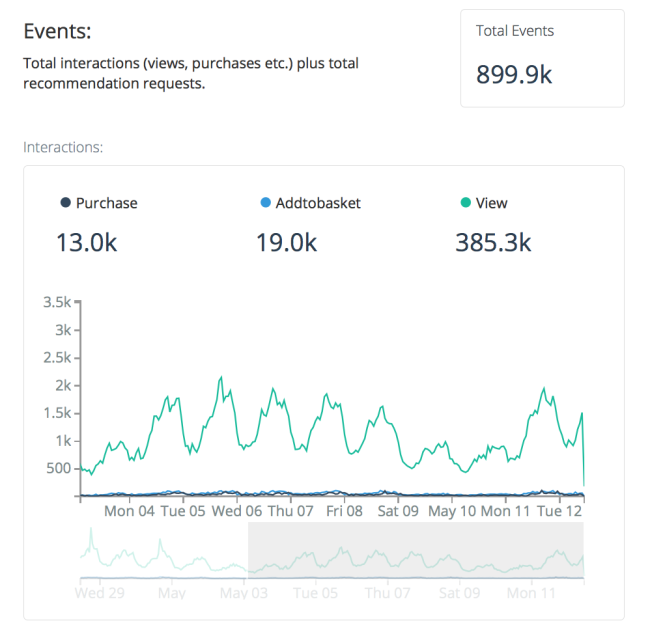
As Graphflow collects this data, it is able to analyze it, incorporate it into historical data from other customers, and make new recommendations to customers on the fly. These recommendations change as more customers visit the store and make purchases.
Here’s are some examples from the Graphflow Demo store, which is populated with movies as products and seeded with purchasing data.
Personalized movie recommendations on the product pages
Personalized product recommendations are those made based on how previous customers have interacted with one product in relation to others.
In the case of Graphflow, a matrix is essentially built behind the scenes that “scores” products and customers, and recommends items based on how they overlap. For example, if three customers buy Blade Runner and Alien together and only one buys Alien and Get Shorty, the plugin is most likely to recommend Blade Runner on the Alien product page.
When viewing the product page for Alien in the demo store, similar movies like Aliens and Terminator 2: Judgement Day are recommended — not because they are similar, but because real customers have viewed or purchased these items together.
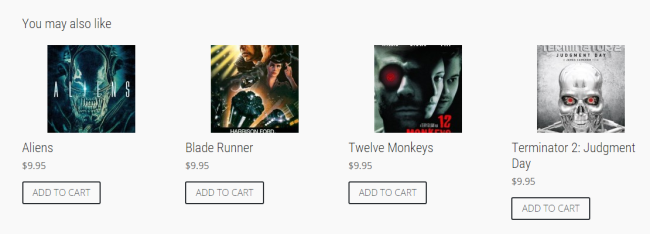
Personalized user recommendations in the shopping cart
Personalized recommendations can also be made to appear in the shopping cart, on category pages, and so on. Graphflow calls these user recommendations. These recommendations are made based on the products that a customer has viewed. For example, someone who views four horror movie pages is probably going to like to see recommendations for more of the same or a similar genre.
If a user visits a store and adds a product to their cart before they have viewed any other items, the recommendation engine won’t have any data on which to make recommendations. In the case of Graphflow, this is handled by simply showing the store’s most popular products; when the customer visits the cart again after further product page views, the data will update on the fly to show personalized suggestions.
When a brand new customer who has done no significant amount of shopping adds Alien to their shopping cart, this are the recommendations they will receive:
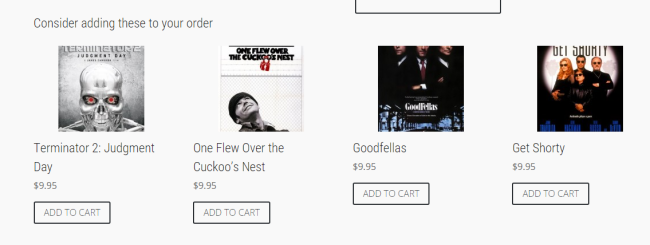
Goodfellas and Get Shorty are among the store’s most popular movies, so they are recommended by default.
Once this shopper clicks around a little more, and it’s made clear that they are looking at mostly horror and sci-fi movies, the recommendations can update on the fly to be more personalized:
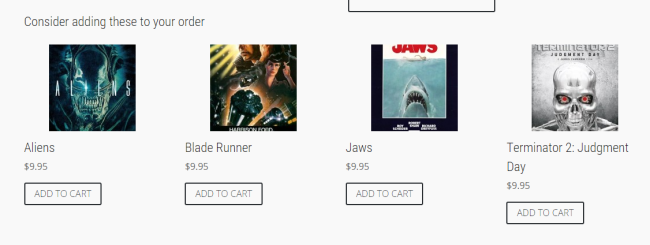
As you can see, Graphflow was able to capture the individual customer’s preferences and make suggestions based on other movies in the same, apparently preferred categories.
Finally, because of the way product views, cart adds, and purchases are weighted, Graphflow will not make user recommendations based on accidental or errant clicks to a product in a different category. If a customer in the demo store were to view nine sci-fi movies and click on Get Shorty once, their in-cart recommendations would be all sci-fi, not a mixture of sci-fi and comedy.
How Graphflow’s self-testing works
If you’ve already checked out the WooCommerce Recommendations product page, you may have noticed that the plugin has self-A/B testing functionality. This is used to ensure that the automatic, data-based recommendations made by the Graphflow engine are driving more revenue than built-in related products.
This testing is done automatically and requires no setup. Once the plugin is activated, 90% of users will see Graphflow’s personalized product recommendations. However, 10% will see “baseline” recommendations — products from the same category or tag as the current product, which resembles what store owners would typically manually assign.
When accessing Graphflow’s dashboard and viewing the “Revenue from Recommendations” graph, you will be able to see the results of the testing. The values from the testing above will be normalized and displayed here as an estimation. Graphflow’s attributed revenue from the 90% of users seeing personalized recommendations is directly compared to the 10% who see baseline recommendations to ensure that it is running properly.
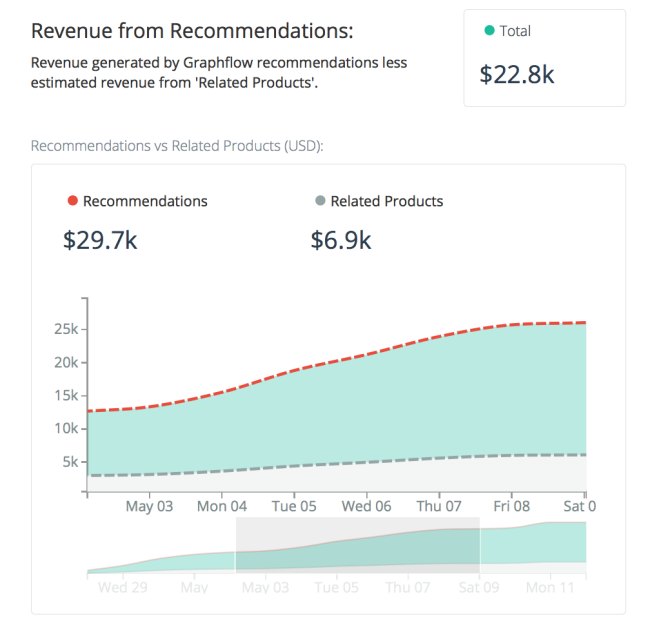
This not only allows store owners to get a grasp on how much revenue can be attributed to the usage of the plugin, but will, over time, show the effect that Graphflow’s intuitive machine learning has on a store.
Behind the scenes on a live implementation
↑ Back to topNow that you know how a recommendation engine works, let’s look at one of the stores that’s running WooCommerce Recommendations to learn a little more about it.
We chatted with Brandon Kuipers, one of the three brothers behind ZOX, about how they added personalized recommendations to their store. ZOX makes artistic, high-quality wristbands with new additions added weekly, and a recommendation engine is crucial to their success. Here’s what we learned.
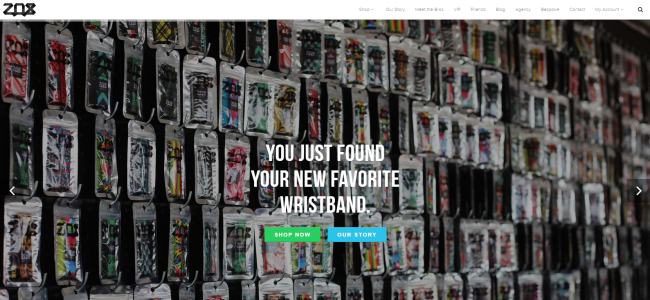
ZOX uses WooCommerce Recommendations’s personalized product recommendations, as well as user recommendations, on their store. According to Brandon, installation of the plugin was very easy, and they did not need implement any custom shortcodes to get the recommendations working properly with their 90+ products.
As far as the appearance of the recommendations is concerned, Brandon said “[the plugin] picked up from our CSS styling so we haven’t had to make any major changes to the display output.” Since WooCommerce Recommendations is built on top of a store’s built-in related products, as long as that section is styled in the store theme, most developers should find that little to no changes need to be made to the recommendations.

Brandon explained to us how implementing WooCommerce Recommendations saved significant development and setup time:
I always found the built in Recommended products to be a bit of a hassle. Trying to recommend products to customers is pretty much just a guessing game, and one that takes a long time when you’re constantly adding new products and old products are selling out weekly. With Graphflow, products are automatically exported weekly and recommendations are created based on real-time data vs what we think will work the best.
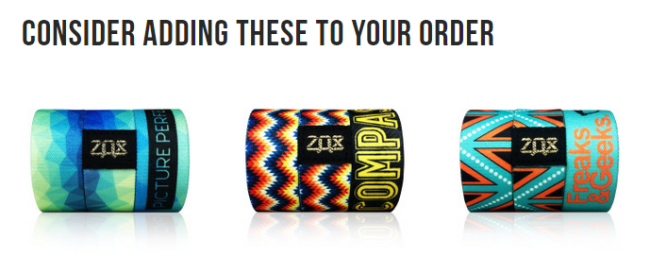
With recommendations based on real-time customer data, and automatically generated based on what products are available, the cyclic nature of ZOX’s inventory — products are constantly introduced and sold out — presents no challenge to Graphflow. The plugin will stop recommending items that have been removed, and will start recommending new ones as soon as customers view or purchase them together. This makes WooCommerce Recommendations ideal for similar stores with rotating or limited-quantity inventory.
Finally, Brandon had some praise for the hands-off nature of the plugin. “Graphflow has done a great job with the plug and play nature of their plugin,” he said. “I’ve been working with another company that requires me to go into every product in our store and add a few lines of specific code to the page, and to be honest, I’ve been procrastinating hard on doing that because I know it’s going to take me 4-5 hours to do.”
So there you have it — a quick look at how WooCommerce Recommendations is saving ZOX valuable development time while delivering accurate product suggestions that grow their revenue. If you have a few minutes, we definitely encourage you to click around their store and watch your recommendations change as you add products to your cart!
Learn more about WooCommerce Recommendations
↑ Back to topReady to get started with personalized recommendations? Want to take a look at the documentation? Here are a few more resources to check out:
With the power of big data and machine learning through Graphflow, it’s possible for WooCommerce stores to instantly deliver highly personalized product suggestions that both save time and make money. Unlike the built-in related products that have to be manually defined, updated, and set, these recommendations require no maintenance, and can uncover hidden patterns and preferences that customers will respond to.
We hope you’ve enjoyed getting a closer look at how recommendation engines like WooCommerce Recommendations work! If you have any questions, feel free to let us know in the comments below.
About

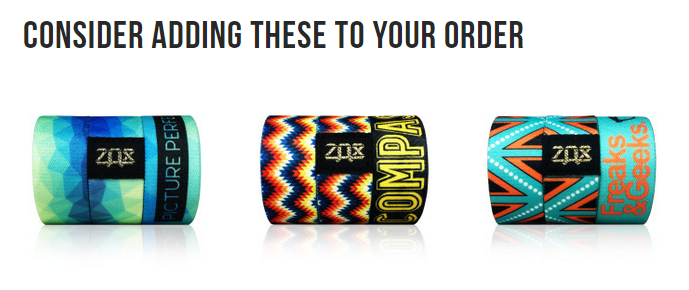
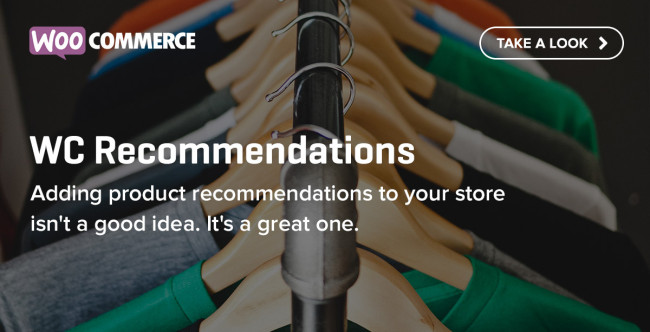



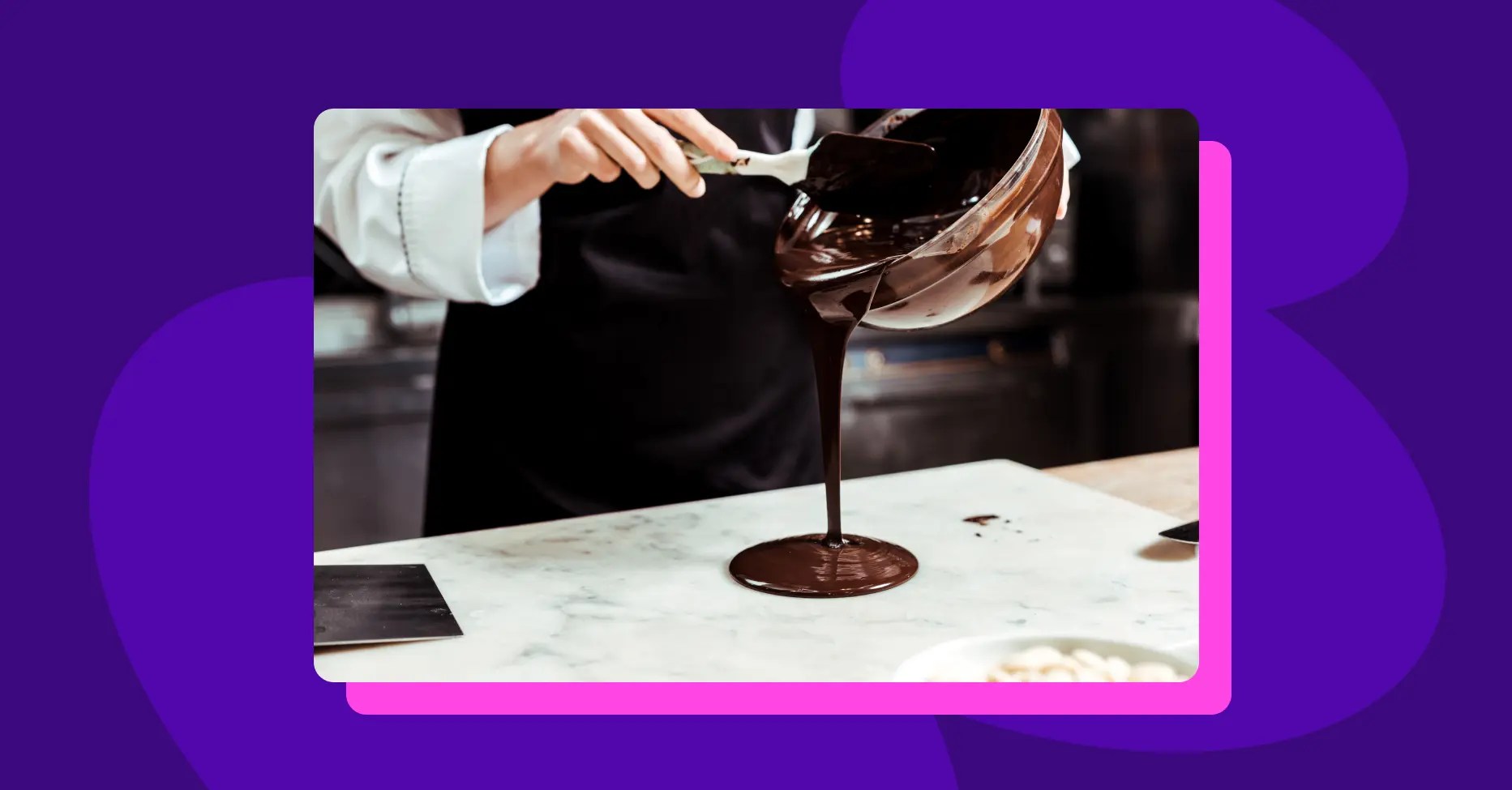
2 comments
Trackbacks/Pingbacks